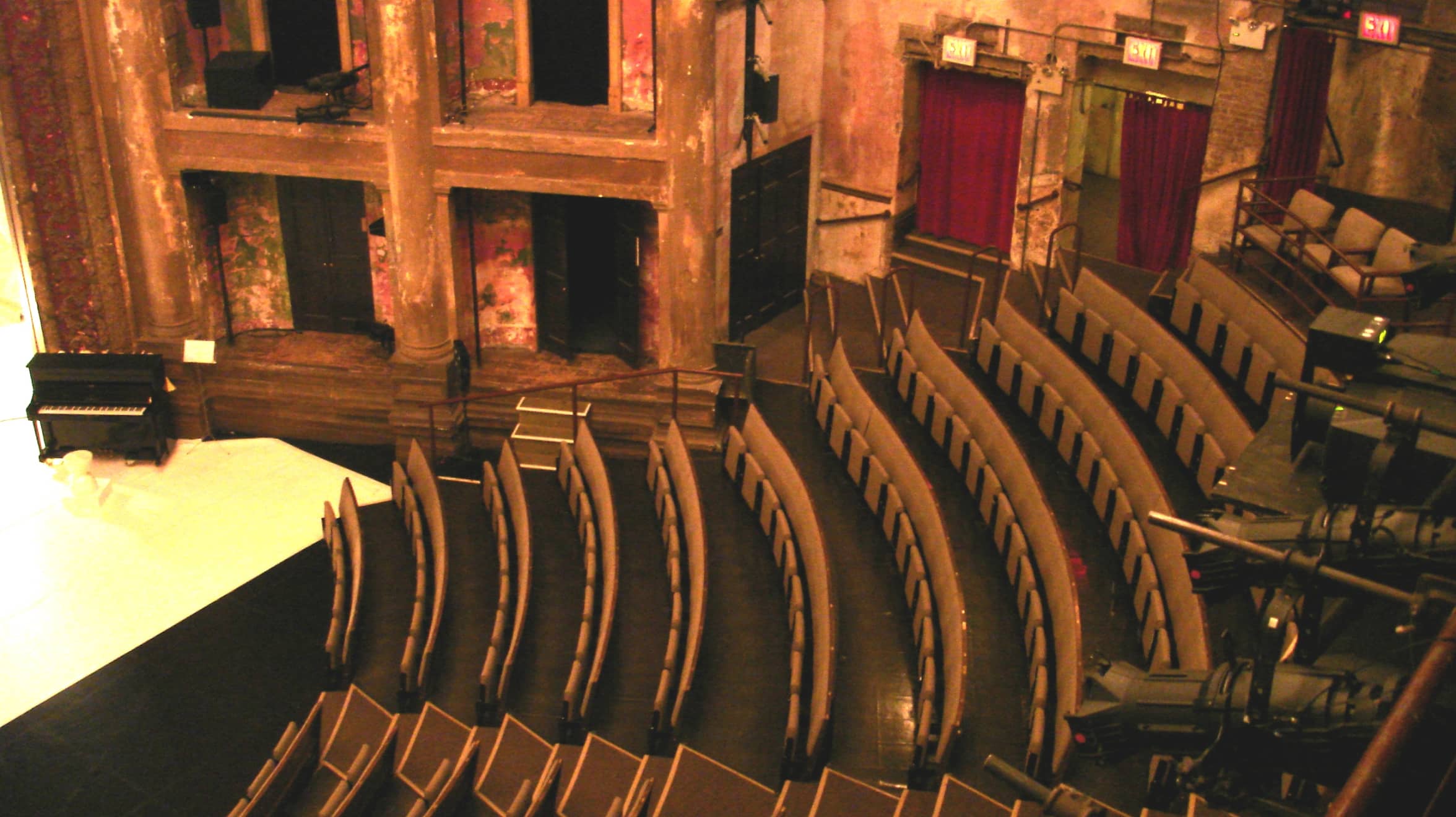Volumes have already been written about what theatres will look like in a post-COVID world.
It is impossible to know the outcome of an event when you are in the midst of it. Much like a live performance, there is unpredictability. We simply do not know what the post-COVID environment ultimately holds for us; but we need to theorize, explore and push ourselves through this unknown. When will the theatre community begin performances? Will there be an audience? What might that look like and how do we navigate through changing health conditions and changing appetites of risk?
Theatres and other entertainment venues were the first to shut down and will likely be the last to reopen in any meaningful way. Though the prospect of the theatre going dark for a year or more is almost unimaginable, it is the reality for many venues. Reduced capacity houses could prove logistically challenging and costly to sustain. A smaller audience will bring diminished experiences to both performers and patrons. Imagine the sounds of sporadic clapping and mask muffled laughter from patrons separated by buffer rows and seats. Is this fulfilling, and is this our future?
It is worth asking what the best options are for our dark theatres. Even without a formal strategic plan, every stagehand, department head, production manager, and artistic director has a list of their venue’s needs and wants if time and capital are available. Dreaded open calendars provide opportunities, but that window will close as reopening efforts become the next priority. As theatre consultants, Auerbach Pollock Friedlander has always assisted theatre companies and owners focus on the highest and best use of their capital funds. We are well-positioned to provide strategic input on how this moment could be an opportunity to address deferred maintenance and, longawaited upgrades that both enhance a venue and prepare it for a COVID-sensitive world.
Re-opening of theatres is affected by regional regulations and audience appetite for live performances. The timing could be weeks, months or even longer. We must consider realistic options for making audiences feel safer, making facilities more efficient, and creating resilient environments. There is no better time to undertake these efforts than when theatres are closed. Upgrades will benefit owners, staff and patrons alike once the new “new normal” takes shape. Be prepared for when people are again out and about and theatres reopen.
Even small changes can have capital impacts. Is it realistic to consider such projects when so many arts organizations are struggling just to stay afloat? Consideration of the options has a relatively low cost and the analysis will always be useful, even if not acted on immediately.
What can be done to make people feel safer when they do come back? Many professionals are weighing in on the answer with architects, designers and health officials putting forward ideas. The best practices that most benefit your specific venue must be determined. We first suggest looking at overall facility needs and how health improvements could dovetail. Reupholstering seating with anti-microbial fabrics or an easy-to-clean material is a simple change for an inherently cleaner and safer environment. With seat refurbishment or replacement, you could also consider accessibility needs as directed through the Americans with Disabilities Act (ADA) and broader accommodation of the entire community. Aging mechanical systems could be replaced or upgraded with new filtering technology to create a healthier environment for all users of your venue. These enhancements will all help encourage the return of an uncertain audience and provide long term benefits to both them and your working professionals.
Additional improvements to make the theatre more efficient and reduce operating costs can also be considered. Although these options require larger capital investments, the possibility should be analyzed as part of a holistic process. Replacement of chillers and air handling systems that are beyond, or nearing, expected life is a major investment. Even with funding, lost performance dates are often a deterrent because of the time commitment to complete the improvements. Consideration should be given to replacing dimmers and incandescent lights with new power distribution and LED fixtures. Reducing power and heating loads would save money in ongoing power bills as well as being environmentally responsible. Rebates, credits, or cost-sharing for retrofitting inefficient equipment may be available from government or local utilities.

Brooklyn Academy of Music – Harvey Theatre | Prior to Seat Replacement Brooklyn, New York
While in the middle of one disaster it is hard to think about the next one, resiliency is critical to any organization and is not limited to a pandemic response. After this disruption, looking at other potential types of disruptions is good policy. California has already seen Public Safety Power Shutoffs each fall, and these have shut down entire counties for weeks. Around the country, an aging and vulnerable power grid could leave communities without power. Thinking both globally and institutionally, facilities should analyze the efficacy of solar power. With incentives available in many areas, installing rooftop solar should be a part of any conversation. Ongoing development of battery storage technology may make the backup for an average length show feasible, especially in areas where outage risk is high.
Even small changes can have capital impacts. Is it realistic to consider such projects when so many arts organizations are struggling just to stay afloat? Consideration of the options has a relatively low cost and the analysis will always be useful, even if not acted on immediately. It may be possible to build a case for the immediate use of capital funds from philanthropy combined with government relief funding. Support may be available through grants, rebates and incentives from utilities.
Time is of the essence if these opportunities are to be realized. For those who believe that the arts are an essential service, consideration of ways to help these venues prepare for their next year and 100 years is crucial. It is critical to get theatre professionals back to work and patrons in seats, but do it safely and confidently. We can also seize this moment to enable arts facilities to be healthy, efficient and resilient.
Back to All News & Insights